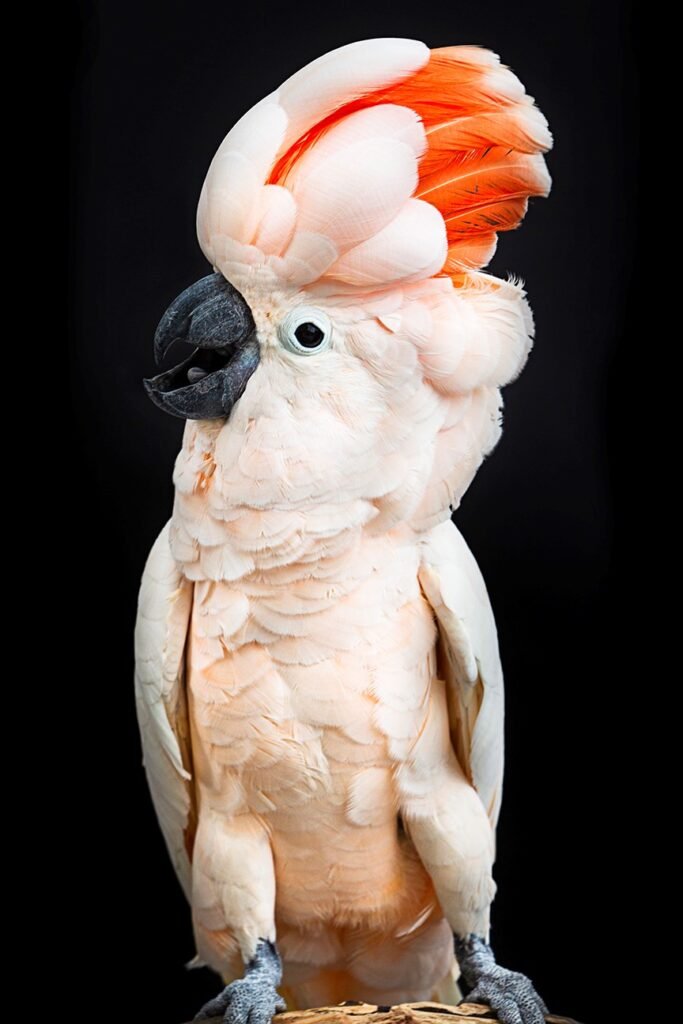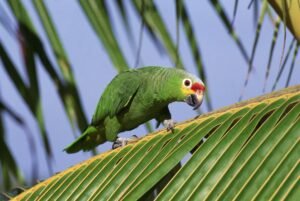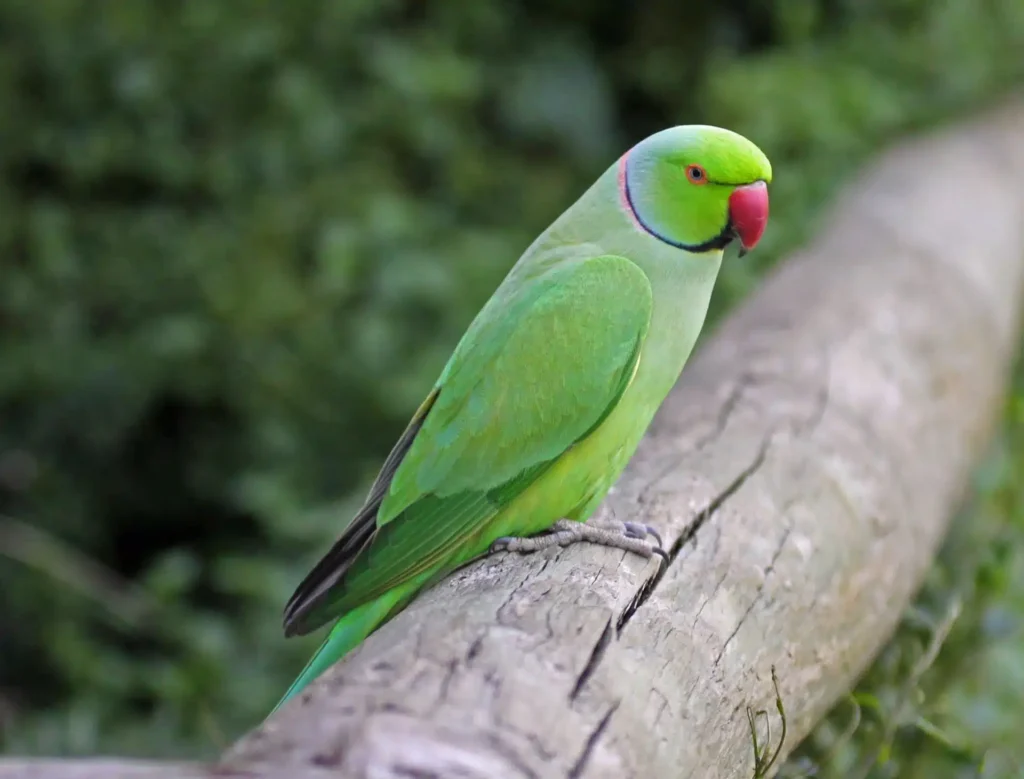Experience the Charisma of Cockatoos
Introduction:
Cockatoos are among the most charismatic and affectionate parrots, known for their striking crests, vibrant personalities, and strong bonds with their human caregivers. Native to Australia, Indonesia, the Philippines, and New Guinea, these birds are beloved for their playful antics, vocal abilities, and beautiful plumage. With their distinctive crests that can be raised and lowered, Cockatoos are not only visually striking but also highly expressive.
There are several species of Cockatoos, including the Sulphur-Crested Cockatoo (Cacatua galerita), the Umbrella Cockatoo (Cacatua alba), and the Rose-Breasted Cockatoo (Eolophus roseicapilla), also known as the Galah. Each species has its unique appearance and characteristics, but all share a common need for social interaction, mental stimulation, and a loving environment.
Cockatoos are medium to large-sized parrots, known for their loud calls and ability to mimic human speech. They are highly intelligent and require plenty of mental and physical stimulation to prevent boredom and behavioral issues. In their natural habitat, Cockatoos live in flocks and are known for their strong pair bonds and social behaviors. As pets, they require a dedicated and knowledgeable owner who can provide them with the care and attention they need to thrive.

Facts:
| Fact | Details |
|---|---|
| Scientific Name | Varies by species |
| Common Names | Cockatoo, Sulphur-Crested Cockatoo, Umbrella Cockatoo, Galah |
| Year Discovered | Various |
| Kingdom | Animalia |
| Phylum | Chordata |
| Subphylum | Vertebrata |
| Class | Aves |
| Order | Psittaciformes |
| Family | Cacatuidae |
| Genus | Various |
| Species | Various |
| Natural History | Native to Australia, Indonesia, the Philippines, and New Guinea |
| Physical Information | Medium to large-sized birds with crests that can be raised and lowered |
| Appearance | Varies by species; common colors include white, pink, and grey with vibrant crest colors |
| Scientists Names | Described by various scientists over the years |
| Region | Australia, Indonesia, the Philippines, and New Guinea |

Appearance:
Cockatoos are medium to large-sized parrots, typically measuring between 30-70 cm in length, depending on the species. They have a distinctive crest on their heads that they can raise and lower. Their plumage varies widely, with common colors including white, pink, grey, and yellow. For example, the Sulphur-Crested Cockatoo has white feathers with a yellow crest, while the Galah has pink and grey plumage.
Distribution:
Cockatoos are native to a wide range of habitats, including the forests, woodlands, and scrublands of Australia, Indonesia, the Philippines, and New Guinea. They are highly adaptable and can also be found in urban areas where they forage for food and nest in trees.
Habits and Lifestyle:
Cockatoos are social birds that live in flocks. They are known for their loud calls and vocalizations, which they use to communicate with each other. These parrots form strong pair bonds and engage in mutual preening and other social behaviors. In the wild, they feed on a variety of seeds, nuts, fruits, and vegetation. As pets, they require plenty of social interaction and mental stimulation to stay healthy and happy.
Care Guide:
Caring for a Cockatoo involves providing a spacious cage or aviary with plenty of toys and enrichment activities. Their diet should include high-quality pellets, fresh fruits, vegetables, and occasional nuts. Fresh water should always be available. Regular social interaction, training sessions, and out-of-cage time are essential for their well-being.
Physical Characteristics:
Cockatoos have a robust body, strong curved beak, and zygodactyl feet (two toes pointing forward and two backward). Their plumage varies among species, with some having white feathers and vibrant crests, while others, like the Galah, have pink and grey plumage. They are known for their expressive crests, which they can raise and lower to communicate.
Diet and Nutrition, Foods to Avoid:
In the wild, Cockatoos feed on a variety of seeds, nuts, fruits, and vegetation. In captivity, their diet should include a mix of high-quality parrot pellets, fresh fruits, and vegetables. Foods to avoid include chocolate, caffeine, alcohol, avocado, and any foods high in salt, sugar, or fat, as these can be toxic to parrots.
Breeding and Business:
Breeding Cockatoos in captivity requires a suitable environment and a deep understanding of their needs. They typically lay 2-3 eggs per clutch, with an incubation period of about 24-30 days. Providing nesting boxes and a nutritious diet rich in calcium and protein is essential for successful breeding.
Behavior:
Cockatoos are known for their playful and affectionate behavior. They form strong bonds with their human caregivers and enjoy interactive play. These parrots require regular mental stimulation, training, and social interaction to prevent boredom and behavioral issues. They are highly vocal and can mimic human speech and sounds.

FAQs:
| Question | Answer |
|---|---|
| How long do Cockatoos live? | Cockatoos can live up to 50-70 years in captivity. |
| What do Cockatoos eat? | Their diet includes high-quality pellets, fresh fruits, vegetables, and occasional nuts. |
| Where can I see Cockatoos? | They are native to Australia, Indonesia, the Philippines, and New Guinea and popular as pets worldwide. |
| Do Cockatoos talk? | Yes, they can mimic human speech and are known for their vocal abilities. |
| How do Cockatoos socialize? | They are social birds that enjoy interacting with their flock or human caregivers. |
Related Birds or Mate:
Related species include other members of the Cacatuidae family, such as the Major Mitchell’s Cockatoo and the Palm Cockatoo, which share similar habitats and behaviors. Cockatoos are often compared to these species due to their expressive nature and social behavior.
Type and Quality Prices:
| Type | Price Range |
|---|---|
| Pet Quality | $1,000 – $3,000 |
| Breeder Quality | $3,000 – $6,000 |
Factors Affecting Price:
Prices can be influenced by factors such as age, health, species, and whether the bird is hand-raised or parent-raised. Geographical location and availability also play significant roles.
Price for the Bird in Different Regions and Countries:
| Region/Country | Price Range |
|---|---|
| United States | $1,000 – $6,000 |
| Europe | €900 – €5,500 |
| Australia | AUD 1,500 – AUD 7,000 |
| Asia | $1,200 – $6,500 |
References:
Categories: Companion Birds, Large Parrots, Vocal Birds, Australian Birds, Indonesian Birds, Social Birds, Seed-Eating Birds, Pet Birds, Affectionate Birds
Views: 0








